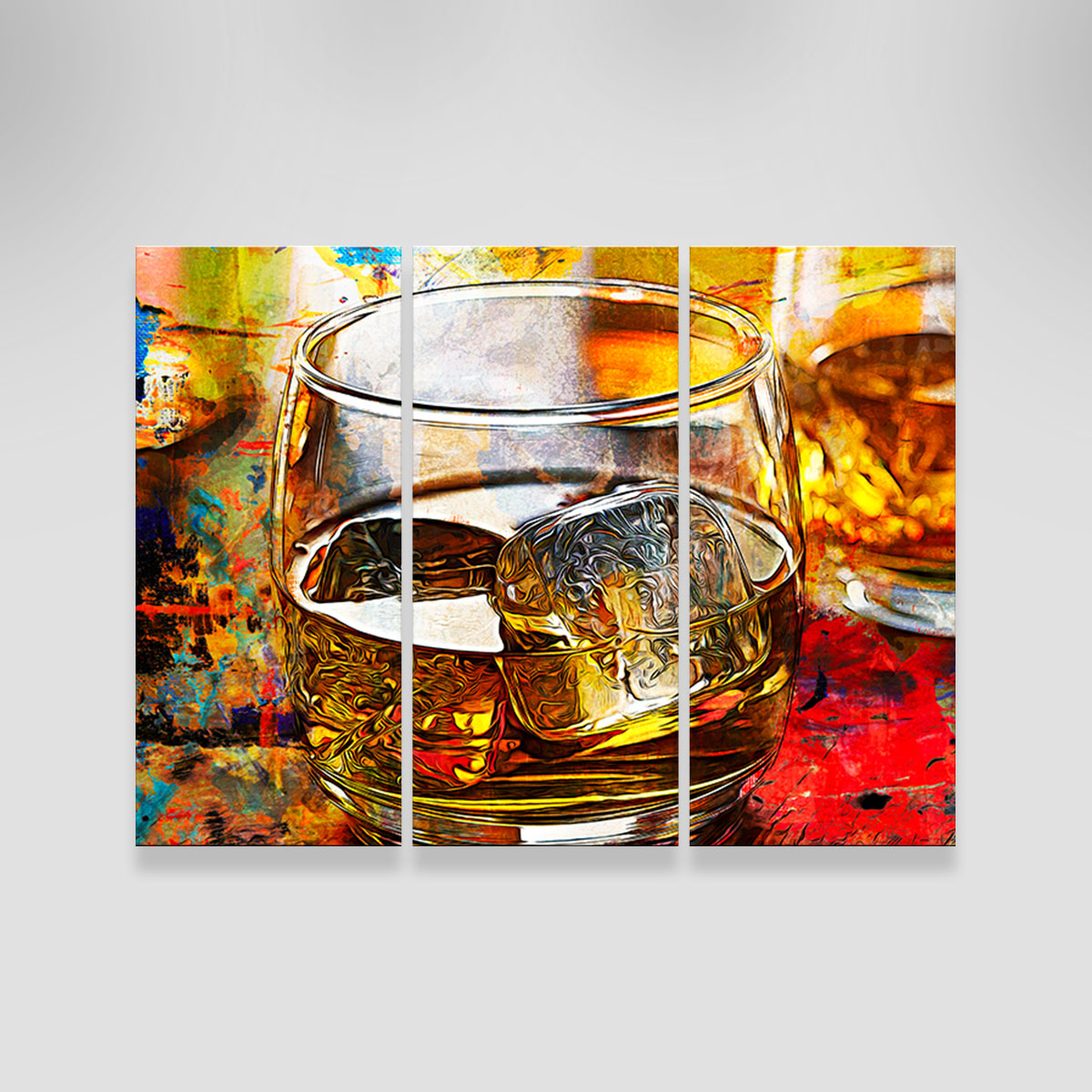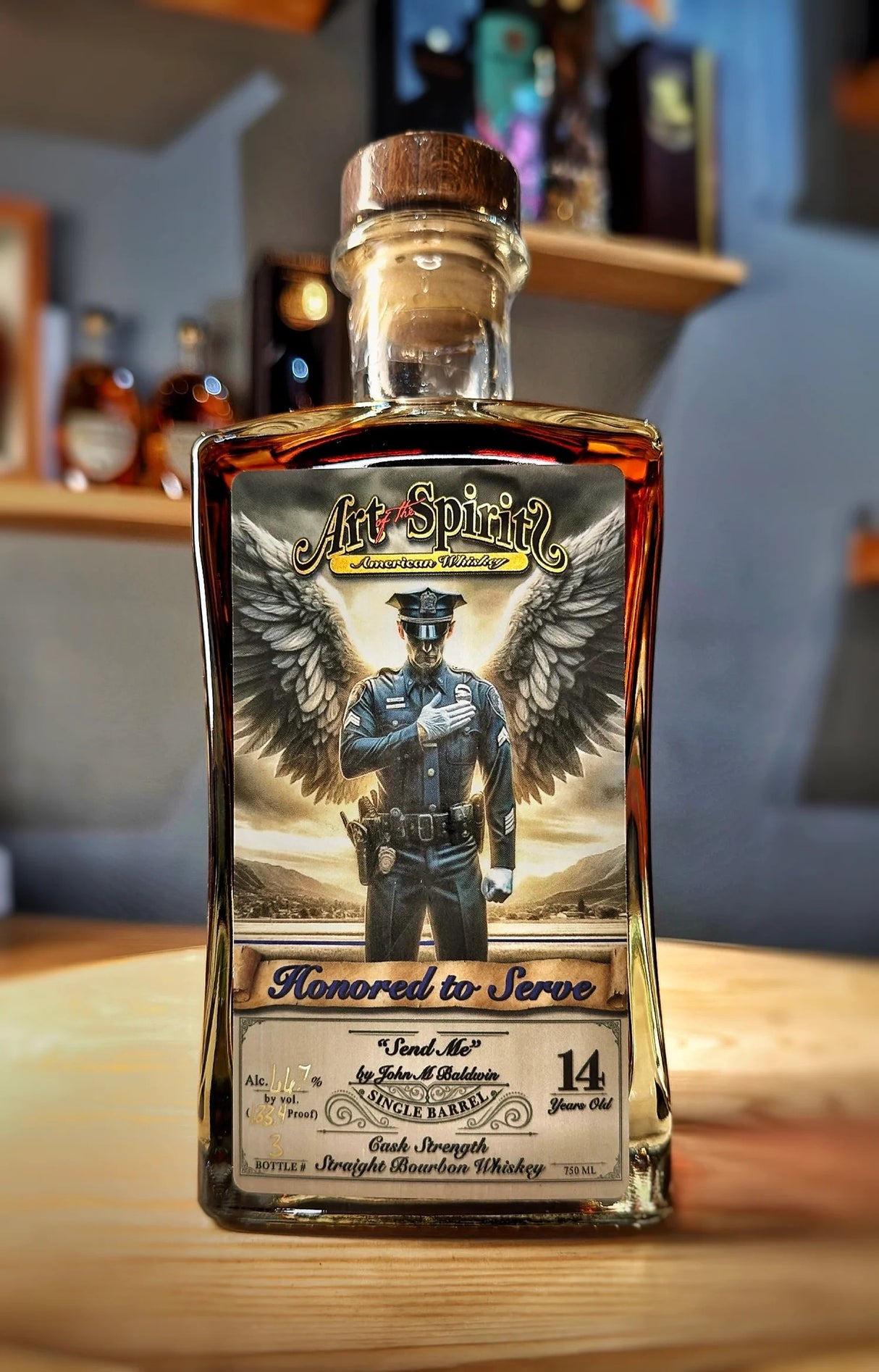Bourbon Art in Contemporary Culture: Where Custom Meets Advancement
Bourbon Art in Contemporary Culture: Where Custom Meets Advancement
Blog Article
The Relevance of Whiskey Art in Celebrating Heritage and Workmanship in the Beverage Sector
The intricate relationship between scotch art and the party of heritage and craftsmanship within the beverage industry can not be overstated. Via thoughtfully designed labels and bottles, scotch brands envelop their historic origins and the artisanal abilities that specify their production methods. This artistic measurement not just improves market appeal yet additionally works as a channel for cultural narration, cultivating a much deeper connection in between the craft and the consumer. As we explore the numerous elements of this subject, fascinating inquiries regarding the impact of modern-day fads on typical methods develop, triggering further exam.
The Historical Roots of Whiskey
At the heart of scotch's appeal lies an abundant tapestry of historic roots that trace back to old people. The origins of scotch can be linked to the purification techniques of the Sumerians and Babylonians around 2000 BCE, where early kinds of fermented grain beverages started to emerge. Nevertheless, it was in the Center Ages that the art of purification evolved substantially, particularly in Ireland and Scotland, resulting in the creation of whiskey as we recognize it today.
The term "scotch" itself acquires from the Gaelic word "uisce beatha," implying "water of life." This expression highlights the social significance of whiskey in Celtic societies, where it was usually associated with rituals, events, and public bonding. By the 15th century, purification became a recognized craft within monastic neighborhoods, leading the way for the establishment of legal distilleries.
As profession courses expanded, whiskey's popularity expanded, going beyond regional boundaries and catching the passion of connoisseurs worldwide. Bourbon Art. This historical journey reflects not only the workmanship behind bourbon manufacturing but also its essential function in social and cultural contexts, marking it as a considerable drink throughout background
Artistic Expression in Branding
Whiskey branding stands as a compelling junction of virtuosity and business, where aesthetic identification plays a crucial role in shaping consumer perception. The appearances of bourbon tags, product packaging, and advertising materials reflect not just the brand name's tale yet also its core worths and heritage. With creative expression, distilleries convey a narrative that reverberates with consumers, evoking feelings and triggering connections.
Using shade, typography, and imagery in branding offers to distinguish items in a saturated market. Traditional themes might evoke a feeling of authenticity and workmanship, while modern layouts can signify development and forward-thinking. This critical artistic instructions enhances brand acknowledgment and loyalty, enabling customers to forge an individual partnership with the whiskey they select.
Moreover, creative expression in branding usually functions as a party of local heritage. Distilleries frequently integrate neighborhood symbols or historical referrals right into their designs, producing a feeling of area that invites consumers to engage in a more comprehensive cultural experience. Eventually, the virtuosity behind bourbon branding not just enhances visual charm yet additionally enriches the general narrative of the brand name, cultivating a much deeper appreciation for the craftsmanship and heritage embedded in each bottle.
Workmanship in Container Layout
The virtuosity evident in whiskey branding prolongs beyond visual identification to incorporate the workmanship entailed in bottle design. Each bottle acts as a vessel not just for the spirit within, but likewise for the tale it outlines its origin, custom, and high quality. The style process requires precise attention to detail, as components such as material, form, and closure contribute considerably to the overall perception of the bourbon.
Workmanship in bottle design involves picking high-grade glass that can boost the scotch's shade and quality, while likewise offering a tactile experience for the customer. The silhouette of the bottle must be both useful and cosmetically attractive, commonly showing the heritage of the brand. Several distilleries go with unique shapes or embossed logos that stimulate a sense of authenticity and history.
Moreover, the tag design and typography look at these guys play a crucial duty in interacting the brand name's narrative. Realism Art. A well-crafted bottle not just mesmerizes the customer's eye however also strengthens the brand name's commitment to top quality and custom. This way, the craftsmanship of container design comes to be an important facet of the whiskey experience, combining artistry with a profound regard for heritage
Cultural Relevance of Whiskey Art
Celebrating practice and craftsmanship, the cultural value of whiskey art goes beyond plain appearances, intertwining with the social and historic narratives of the regions where it originates. Each bottle offers as a canvas, showing the distinct tales, mythology, and traditions that have formed neighborhood whiskey-making methods. The complex layouts frequently show the heritage of the distillers, including symbols and motifs that reverberate with the society and worths of their communities.

Additionally, whiskey art plays an essential role in public events and parties, acting as a concrete link in between individuals and their shared experiences. By appreciating the virtuosity in whiskey product packaging, customers cultivate a much deeper understanding and regard for the craft, eventually improving their enjoyment of the beverage itself.
Modern Trends in Bourbon Discussion
Over the last few years, the discussion of whiskey has advanced to show modern tastes and patterns while still recognizing conventional workmanship - Whiskey Art. Distilleries are significantly focusing on aesthetic components that improve the total alcohol consumption experience, linking the gap between heritage and modernity
Cutting-edge bottle styles have actually emerged, usually incorporating sustainable materials and imaginative tags that tell compelling tales. Several brands currently work together with local musicians, instilling their products with unique visual expressions that reverberate with customers. Additionally, limited-edition launches are often packaged in collectible containers, adding worth and allure for connoisseurs.

Verdict
In conclusion, bourbon art offers as a vital conduit for expressing the heritage and workmanship inherent in the drink sector. Via detailed branding, cutting-edge container styles, and culturally considerable creative aspects, scotch brands efficiently honor their traditions and attach with customers.


Craftsmanship in container layout involves selecting high-quality glass that can improve the bourbon's color and clarity, while also supplying a tactile experience for the customer. In this means, the craftsmanship of bottle layout ends up being an important aspect of the bourbon experience, merging virtuosity with an extensive respect for heritage.
In verdict, scotch art serves as an essential channel for expressing the heritage and workmanship intrinsic in the beverage sector.
Report this page